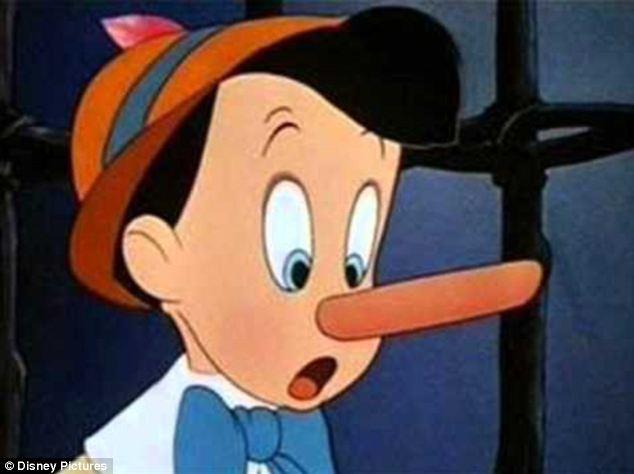
Moreover, the well-known samurai Minamoto no Yoshitsune is said to have defeated the Taira clan thanks to the training he received from Sojobo, the extremely powerful Tengu king.Īfter his father was killed by the Taira, the young Minamoto no Yoshitsune was exiled to Mount Kurama. The bow, the najinata and the sword hold no secrets for him. Minamoto no Yoshitsune and King SojoboĪdept of martial arts 🥋, the Tengu is known to perfectly handle weapons. As a result, legends around the Tengu yokai are not lacking. Whether seen in traditional festivals, literature, No theater or in the media, Tengu is very popular in Japanese folklore and contributes to the richness of its culture. Like the Tengu, this mythical creature was feared by men of faith before becoming guardian of Buddhism. Other historians believe that Tengu originated from an eagle-like Hindu deity 🦅. This may explain why her Tengu descendant sometimes carries a fan. Half woman, half bird, this monstrous and angry goddess also had a long nasal appendage.Īmanozako is said to be the result of the anger of Susanoo, god of the storm. 🐺 Theory #2: The Shinto deity AmanozakoĪccording to the Kujiki, a book of reference on Japanese mythology, the Tengu is said to be descended from a Shinto deity named Amanozako, with whom he shares some similarities. As a matter of fact, it's hard to find the dog aspect at first sight. Although the Japanese Tengu has adopted some of these characteristics, the physical resemblance is not very convincing. In China, the Tiāngou is a fearsome creature, fond of war and who eats men. Originally, its existence was used to provide explanations for eclipses, which were not understood at that time. The Japanese Tengu probably comes from the Chinese Tiāngou, a "canine-cosmic" monster that looks like a dog crossed with a comet (or a shooting star), and whose name means " Celestial Dog". That's why we' re going to expose some of them in order to make an idea yourself: Theory #1: The Chinese Tiāngou However, there are different opinions about its origin and, so far, there is no concrete evidence to validate the different theories.

Numerous stories about Tengu have literally pushed the angry yokai into the Japanese folklore. Later, Japanese art, fairy tales and urban legends also greatly contributed to the popularity of this demon.

The first stories about the Japanese Tengu came from the Nihon Shoki, a very old historical book dating back to the year 720. Tengu' origins: where does he come from?Īmanozako representation (©NickTheBarbarian) / Garuda representation (©Kailash Raj) While the Tengu is differentiated by its long nose, Hannya's characteristics are horns and long sharp teeth. Both of them have a red face and a frightening facial expression. More than that, this mask is also used for scaring and keeping away the evil spirits.īe careful not to confuse the Tengu with the famous Japanese demon Hannya. It must be said that his frightening face is perfect to mark people's mind. The Tengu demon mask is a very common part of Japanese culture: in theaters, festivals, Shinto celebrations, manga and anime it can be found everywhere. View the tengu mask of our collection here.

His long nose would then be an ancient vestige of the beak he had in his old days. Half-man, half-bird, throughout the years he looks more and more like a heretic Buddhist priest of whom he would be the reincarnation. Moreover, his appearance changed a lot over time.

In traditional Japanese paintings and sculptures, the Tengu carries various accessories, such as the monk's staff, a feather fan allowing him to blow the wind or even warrior's weapons. Later, it was also linked to the ascetic practices of the Yamabushi and the art of combat. In old depictions from Japanese illustrated scrolls ( Tengu-sōshi), the Tengu is associated to proud Buddhist priests who turned into demons when they died. Moreover, you will often see him dressed as a Yamabushi, the ascetic warriors living in the mountains of which the Tengu is said to be the sacred guardian. He has some avian attributes such as wings that allow him to fly. His long nose resembles that of Saruta Hiko, another famous Shinto deity in Japan. With his angry look and crimson face, the Tengu is quite scary. Manzanedo (left) and Ai Tatebayashi (right) Representation of the Tengu demon by Antonio J.


 0 kommentar(er)
0 kommentar(er)
